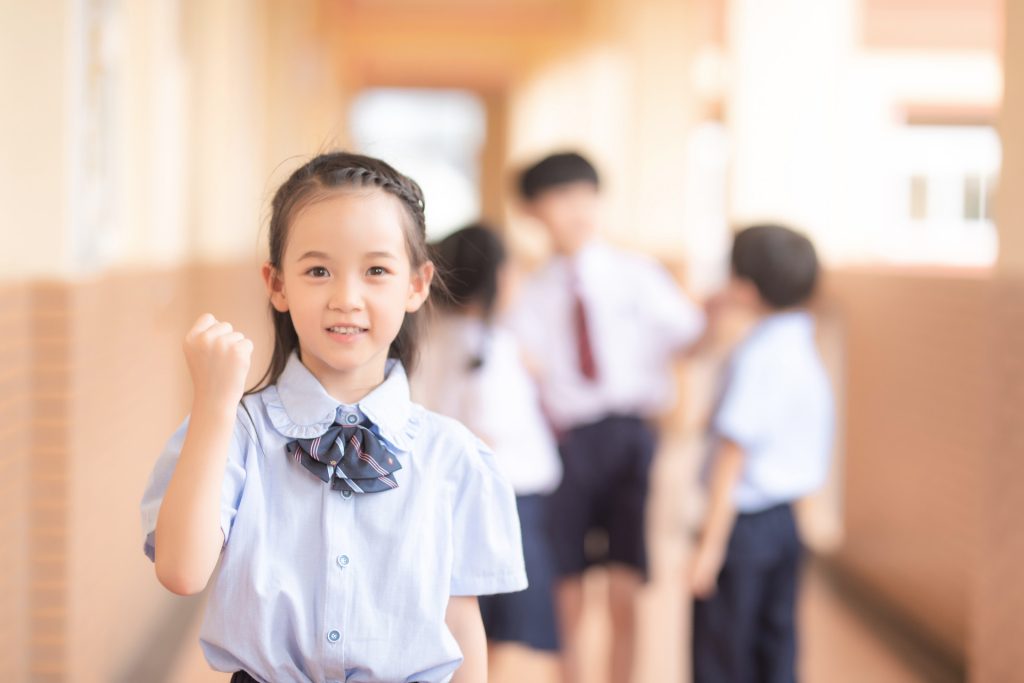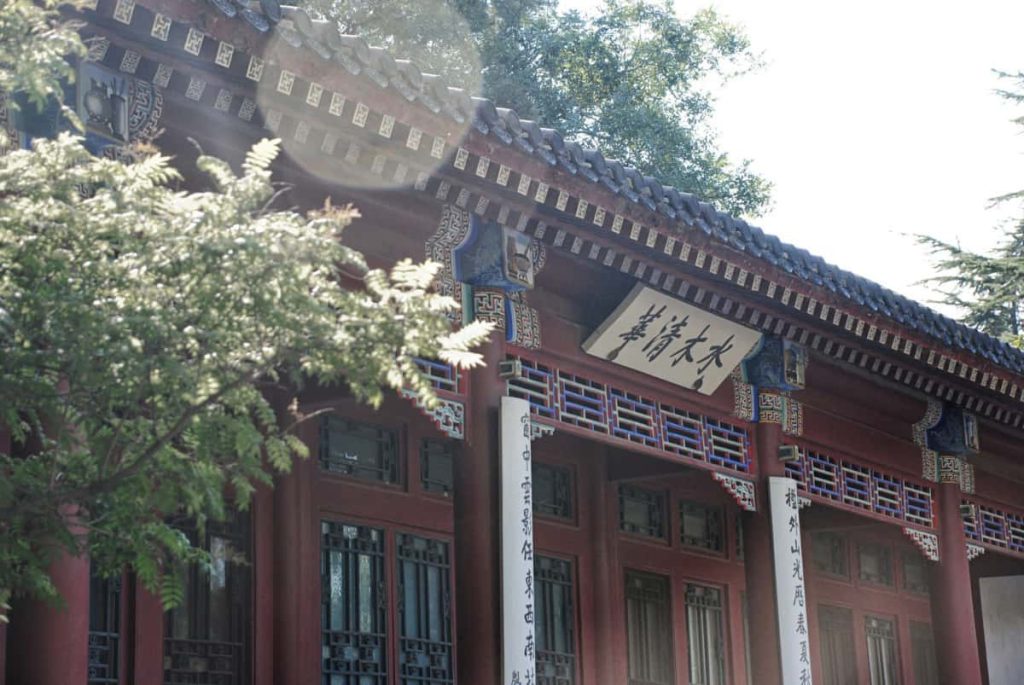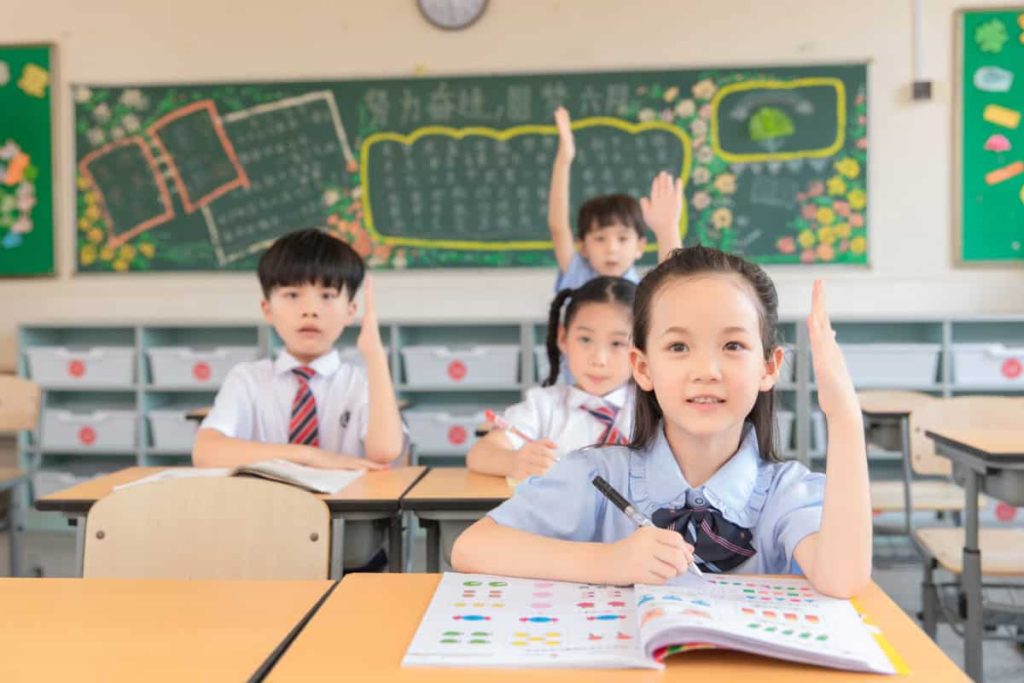China’s education system has undergone significant transformation in the last few decades. As the country has risen to become a global economic powerhouse, the education system has become a critical pillar in shaping a competitive workforce and fostering innovation. This article provides a comprehensive overview of the Chinese education system, focusing on its structure, the examination culture, and societal expectations.
Structure of the Chinese Education System
Primary Education
Primary education in China typically lasts six years, starting at the age of six or seven. The aim of primary education is to provide a solid foundation in basic literacy, numeracy, and general knowledge, along with developing students’ moral, physical, and aesthetic qualities. The Chinese government places a strong emphasis on education, ensuring that nearly all children of primary school age are enrolled.
The curriculum at the primary level includes Chinese language, mathematics, science, and moral education, with additional subjects such as music, physical education, and art. English is introduced at a relatively early stage and becomes a core part of the curriculum as students advance through their education.
Chinese primary schools are often marked by their large class sizes, typically between 30 to 50 students per classroom. Despite this, there is a strong focus on discipline and academic achievement.

Secondary Education
Secondary education in China is divided into two stages: junior secondary (middle school) and senior secondary (high school). Each stage serves different purposes and follows a specific curriculum designed to prepare students for the next level.
Junior Secondary Education(Middle School)
Middle school in China covers three years (Grades 7 to 9). It builds on the knowledge and skills developed during primary education and introduces students to more complex subjects. The curriculum includes core subjects such as Chinese, mathematics, English, physics, chemistry, and political education (morality and society). At this stage, students begin to experience greater academic pressure, as their performance in middle school will determine their future educational paths.
At the end of middle school, students are required to take the High School Entrance Exam(中考). This exam is crucial in determining whether students can enter an academic high school or if they will need to pursue vocational education. The competition for entry into top high schools is fierce, with many students attending extracurricular classes and after-school tutoring to boost their exam scores.
Senior Secondary Education(High School)
High school education in China lasts three years (Grades 10 to 12) and is divided into general high schools and vocational schools. General high schools prepare students for university, while vocational schools focus on developing skills for immediate entry into the workforce.
Students in general high schools experience intense academic pressure. The curriculum focuses heavily on subjects like Chinese, mathematics, and English, with students also choosing either a science track (emphasizing physics, chemistry, and biology) or a humanities track (focusing on history, geography, and politics). The ultimate goal for many high school students is to perform well on the National College Entrance Examination(高考) which plays a decisive role in determining which universities they can attend.
Vocational schools, on the other hand, offer more practical and technical training in fields such as engineering, healthcare, and information technology. These schools aim to equip students with skills that will allow them to enter the job market directly after graduation, though some students may later pursue higher education.
Higher Education
China’s higher education system has grown rapidly in recent years, with a large number of universities and colleges across the country. Higher education in China is divided into two main types: universities and vocational institutions.
Universities
Chinese universities are classified into several tiers. Top tier includes approximately 100 universities that are considered the top institutions in the country. Among these are renowned universities like Tsinghua University, Peking University, and Fudan University, which are known for their rigorous admission standards and high-quality education.

The undergraduate programs at Chinese universities typically last four years, though some specialized fields, such as medicine, may require longer. Students can choose from a wide range of majors, including engineering, business, the arts, and natural sciences. Admission to these universities is highly competitive and largely determined by students’ performance on the National College Entrance Examination.
Vocational Institutions
Vocational higher education in China focuses on providing practical and technical skills needed in various industries. These institutions offer associate degree programs, which usually take two to three years to complete. While vocational education is seen as a less prestigious path compared to university education, it plays an essential role in China’s labor market, particularly in fields like manufacturing, IT, and healthcare.
International Education and Foreign Influence
In addition to the traditional paths of primary, secondary, and higher education, China has seen a growing trend of international education. Many students now attend international schools within China, particularly in large cities like Beijing and Shanghai, where curricula from countries like the U.S., U.K., and Canada are offered. Additionally, increasing numbers of Chinese students are seeking education abroad, with countries like the United States, the United Kingdom, Canada, and Australia being popular destinations for those who aim for an international degree.
Examination Culture in China
Examinations play a pivotal role in the Chinese education system, shaping both the academic trajectories of students and their future careers. The exam-oriented culture in China is deeply ingrained and has a long history dating back to the imperial civil service exams (Keju) of ancient times. Modern-day examinations are central to the system and are accompanied by significant social expectations and pressures.
National College Entrance Exam (Gaokao-高考)
The Gaokao, or National College Entrance Examination, is the most critical exam in China’s education system. It is usually held over two or three days in June and tests students in various subjects, depending on the track they have chosen (sciences or humanities). For many students, the Gaokao is the single most important factor in determining whether they will be accepted into a university and, more importantly, which university they will attend.
High School Entrance Exam(Zhongkao-中考)
Before students face the Gaokao, they must first take the Zhongkao at the end of middle school. The results of the Zhongkao determine whether students can enter a general high school or if they will be placed in a vocational track. Much like the Gaokao, the Zhongkao is a high-pressure exam that requires extensive preparation. Students often feel pressure from their families, teachers, and peers to do well, as their performance can have long-term implications for their academic and professional futures.
Societal Expectations and Education
Education in China is deeply intertwined with social status and expectations. Academic success is not only a personal achievement but also a reflection of family honor and social mobility.
Parents in China play a critical role in their children’s education, often taking an active interest in their academic performance from an early age. Many parents invest significant time and money in extracurricular tutoring, weekend classes, and additional study materials. This investment is driven by the belief that a good education is the key to future success and prosperity.

The pressure on students to succeed academically is often accompanied by high expectations from parents. In many cases, parents view their children’s educational achievements as a reflection of their own success, adding another layer of pressure to the already demanding academic environment.
Chinese society places a high cultural value on education, which has roots in Confucian philosophy. Education is seen as the pathway to personal development, social mobility, and national progress. As a result, students are often encouraged to prioritize their studies over other aspects of life, such as leisure activities or personal interests.


